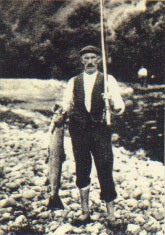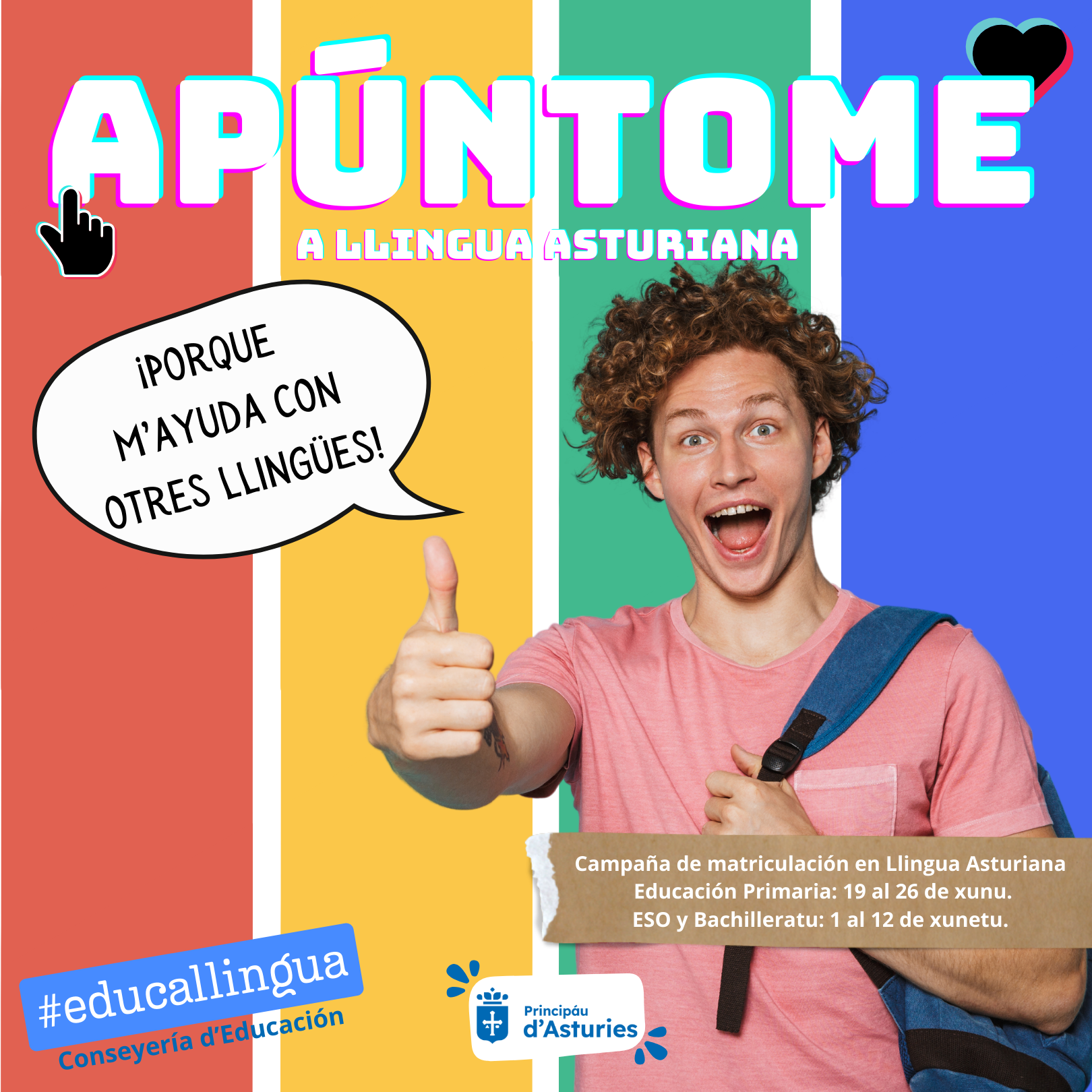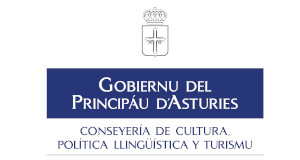Hunting, Fishing And FruitPicking
15 Avientu, 2008 por Asturies.com




In the study of the cultural evolution of Asturies the practices
of hunting, fishing and fruitpicking appear at the base of all the forms of
economic and social organisation from the prehistoric period onwards. Up until
recent times these activities formed a more or less vital part of the family
subsistence economy, and often one or more members of the family would dedicate
his energies to fishing in the river or hunting on the mountainside. Gaming
and Fishing resources were so abundant in the past that some species, such
as the wild boar, the wold, the bear, the marten, the badger, the otter, and
the fox, amongst others, came to be considered pests or vermin (the Statistical-Historical-Geographical
Dictionary of Pascual Madoz -halfway through the nineteenth century- speaks
of the presence of bears in twenty-one different municipalities, and of wolves
in all the territory, these latter animals even encroaching upon "the
beaches of Llanes").
The profession of trapper was ffor this reason looked upon favourably, even to the point at which they were rewarded for their labours with snares and traps, their most spectacular art being that of the caleyos, chorcos or pozobales for trapping wolves, or the pezugo for bears cited by Madoz's dictionary in Armenande(Allande).
Owing to its topography Asturies is a country full of rivers whose courses follow the widest possible range of courses; one could say that there is no village which does not possess a river or stream of its own. From these watercourses salmon, se-trout, common trout and lamprey were taken by means of a wide range of arts: from the rod to the massive nets known as garrafes, paradexos or tresmallos, not forgetting the refuelle, the asu or the trullón, fresh-water trout baskets, and the nocturnal rellumera, with lanterns. Salmon, still the kings of our rivers, were so abundant that they were taken by means of fisgues or tridents in all seasons, and there were even strikes amongst the railway navvies in León towards the end of the nineteenth century owing to their being "fed up" of salmon for dinner and tea.
The picking of hazlenuts and other types of nuts was extremely important economically; most of the production was acquired by wholesalers who would pass through the villages before exporting the nuts via the coastal ports, principally to England; Chestnuts were destined for domestic consumption; and the common-land of the mountainside afforded an ample supply of wood for cottage industries, of firewood for domestic use, and, through the right of the poznera, which makes the trees themselves the property of the person who had planted them, whilst the earth which harhours them is still communal property, a suitable space upon which to extend plantations of chestnut and fruit trees.
The profession of trapper was ffor this reason looked upon favourably, even to the point at which they were rewarded for their labours with snares and traps, their most spectacular art being that of the caleyos, chorcos or pozobales for trapping wolves, or the pezugo for bears cited by Madoz's dictionary in Armenande(Allande).
Owing to its topography Asturies is a country full of rivers whose courses follow the widest possible range of courses; one could say that there is no village which does not possess a river or stream of its own. From these watercourses salmon, se-trout, common trout and lamprey were taken by means of a wide range of arts: from the rod to the massive nets known as garrafes, paradexos or tresmallos, not forgetting the refuelle, the asu or the trullón, fresh-water trout baskets, and the nocturnal rellumera, with lanterns. Salmon, still the kings of our rivers, were so abundant that they were taken by means of fisgues or tridents in all seasons, and there were even strikes amongst the railway navvies in León towards the end of the nineteenth century owing to their being "fed up" of salmon for dinner and tea.
The picking of hazlenuts and other types of nuts was extremely important economically; most of the production was acquired by wholesalers who would pass through the villages before exporting the nuts via the coastal ports, principally to England; Chestnuts were destined for domestic consumption; and the common-land of the mountainside afforded an ample supply of wood for cottage industries, of firewood for domestic use, and, through the right of the poznera, which makes the trees themselves the property of the person who had planted them, whilst the earth which harhours them is still communal property, a suitable space upon which to extend plantations of chestnut and fruit trees.









